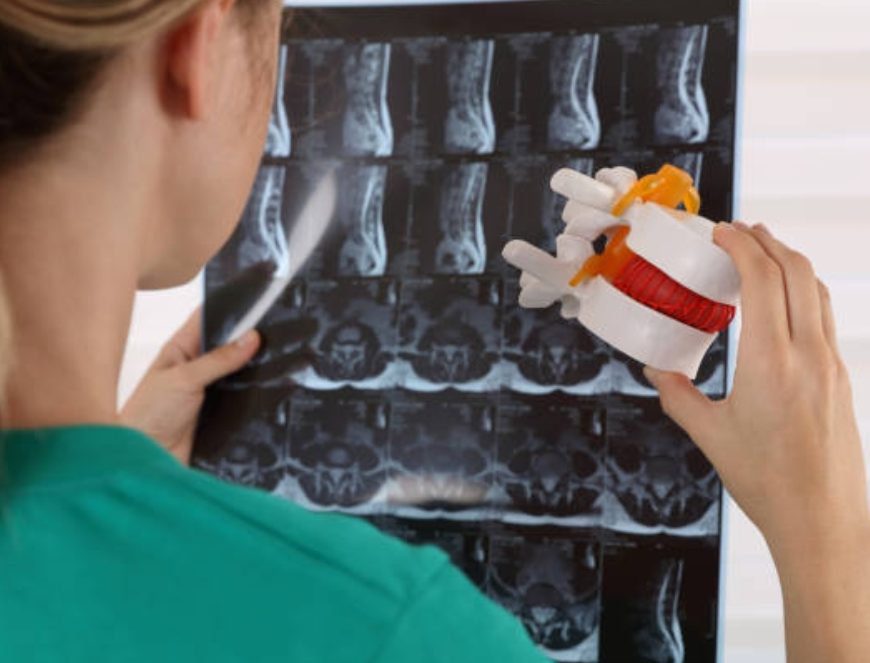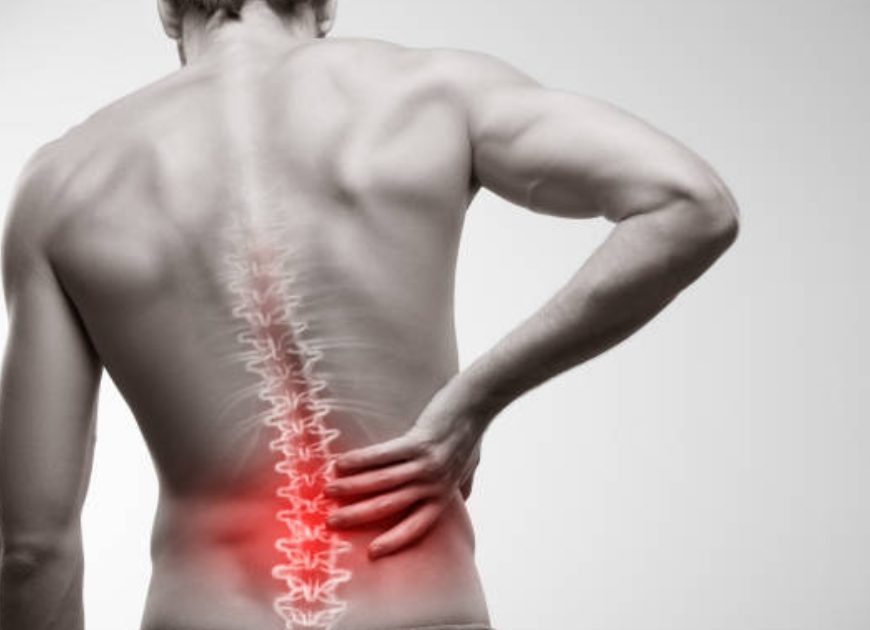
Is percutaneous disk decompression the superior choice for managing intervertebral disk herniation pain?
In 2011, a groundbreaking study conducted by a Erginousakis, et. al., including Dimitrios Erginousakis and colleagues, has shed new light on the treatment of intervertebral disk herniation. The study meticulously compared the outcomes of conservative therapy and percutaneous disk decompression (PDD) in alleviating pain and enhancing mobility over short, intermediate, and long-term periods. The research, approved by both a university ethics panel and an institutional … Continue reading Is percutaneous disk decompression the superior choice for managing intervertebral disk herniation pain?
